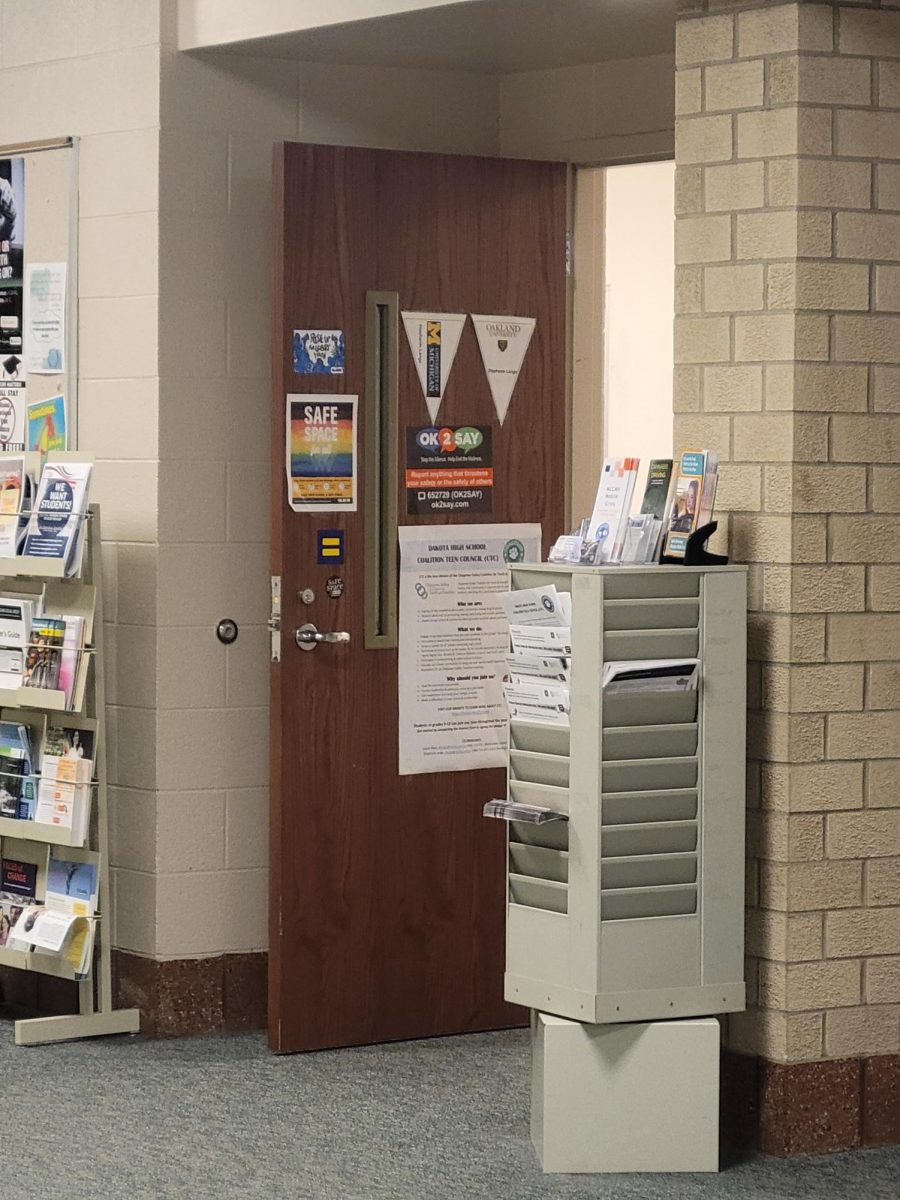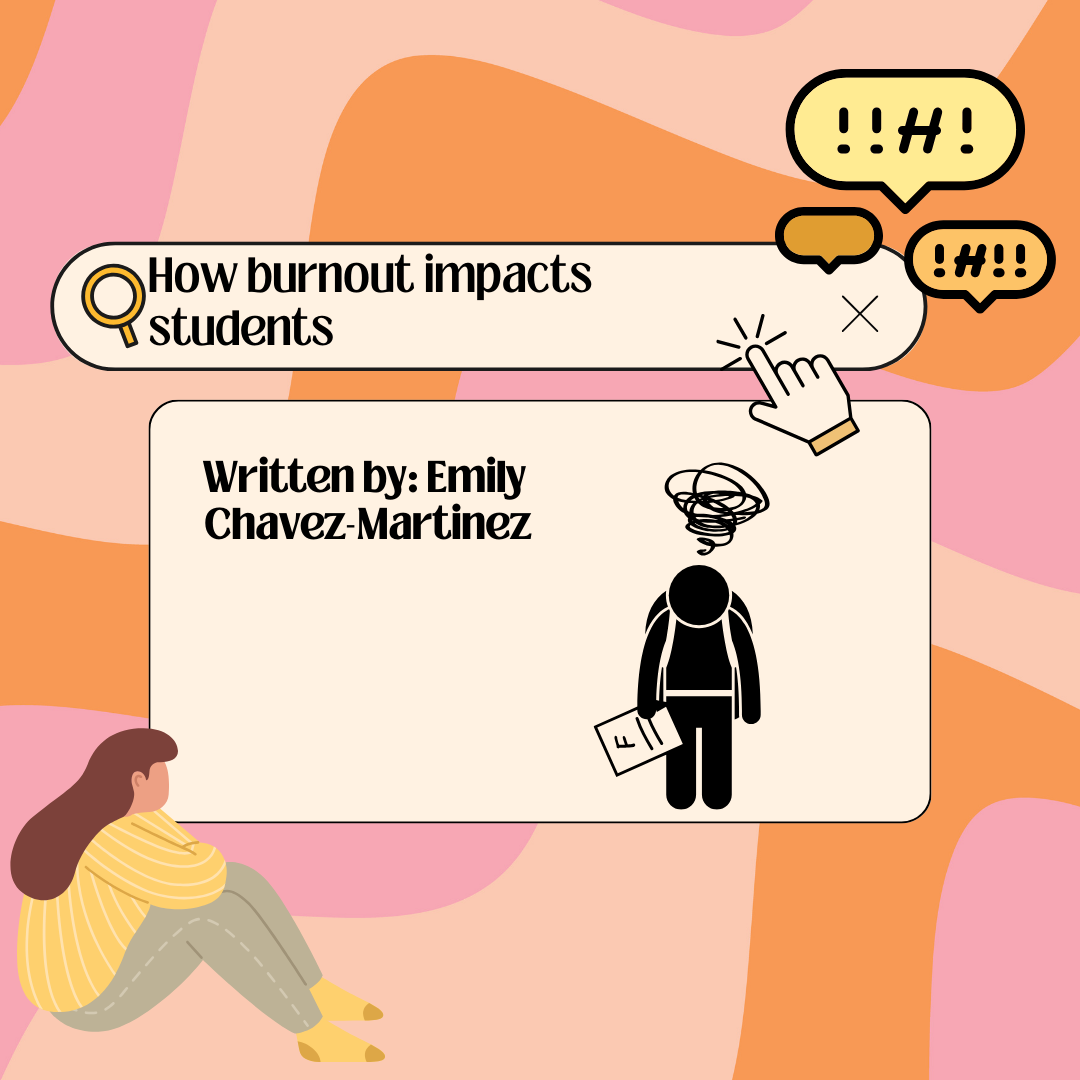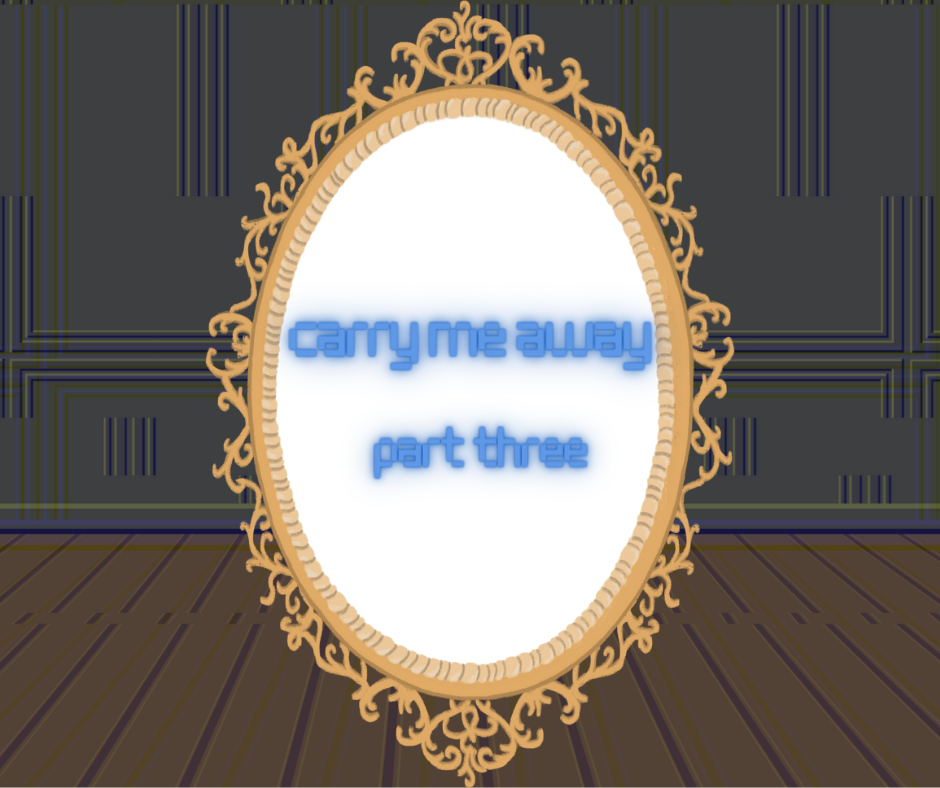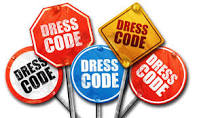
Dakota High School’s Dress Code: Guidelines and Insights
Many people have had problems with the dress code here at Dakota High School, but what exactly is it? This year there have been some changes made to the dress code that students may or may not like. First off, students can now have headwear on, such as beanies or hats, if it is not disrupting others’ learning and does not have obscene language. Also, instead of last year’s type of guidelines where it stated specific items you could wear and not, this year’s guideline stresses two main topics. The first is coverage. Students must have the entire armpit area down to their mid-thigh covered. Second, there cannot be any inappropriate language or depict illegal or violent conduct. If you happen to break one, or both main rules you will be told to cover up with a hoodie or jacket. If that is not a possibility someone from home will need to bring you appropriate school clothing or you will be provided with Dakota attire. 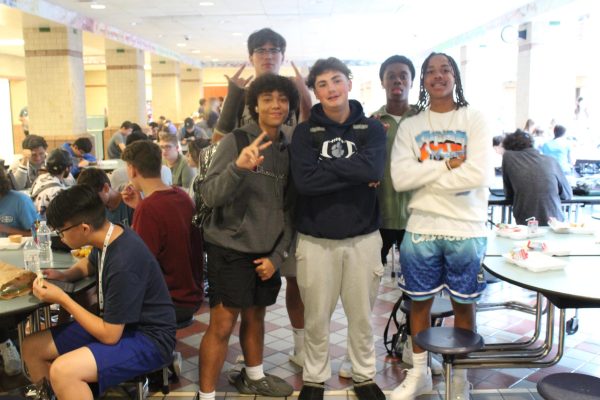
It seems like most of the student body enjoys the new dress code this year. It is more lenient towards casual wear like pajama pants or hats, so you get more freedom of what you want to wear. When I told him about the changes made Sophomore Ryan Geibig replied,” I think it is a positive change.” As you can see, students think the changes made were in the right direction.
To get the perspective of a staff member I also interviewed Dr. Eraqi, my U.S. History teacher. According to her, staff took the changes in a slightly different way. Instead of being more lenient with the students compared to last year, some think the dress code now is more specific. She says this year,” … there was going to be more coverage of clothing.” Which in the eyes of a teacher here in Dakota is a good thing since people have pushed it in the past with what they are wearing to school. Additionally, when I asked her if people might be breaking it out of ignorance, Dr. Eraqi brought up the fact that everyone was shown a video of Mr. Koskos explaining the expectations at the beginning of the year. She also thinks that more students have been following the dress code this year. Overall Dr. Eraqi thinks,” … it’s moving in a positive direction.”
While interviewing students about what they thought about the dress code I quickly realized not everything students thought about the dress code was positive. Some think the process of calling kids out for their violations is unfair. Students like Sophomores Ava Bing and Jackson Jereckos say,” Certain students get called out more.” They think that because of who the student is or depending on the teacher, they could get “targeted” regarding the dress code. On the other hand, to address those kinds of opinions, Dr. Eraqi says,” You are getting upset because you were getting busted for it and somebody else is not getting busted for it.” She means that if you are complaining that you get called out for violating the dress code even though there is another person also not following the rules, you cannot be mad that you are the only one getting in trouble because either way you are breaking the rules.
To learn more about the dress code and how it was changed I interviewed Mr. Koskos. Dakota staff sat down with Chippewa Valley Schools to make this year’s dress code. He thinks it went in a good direction, being more simplified and providing more freedom with what the students can wear without it being too casual. When asking he was planning to make more changes in the future Mr. Koskos replied,” You could never quite predict what kind of dress code trends will develop over the course of time.” Part of the reason he made it vaguer this year was on purpose to cover any future trends that might start up, so the school does not have to make changes every time some new trend shows itself. Mr. Koskos also feels that people are not being targeted or called out by teachers on purpose. He says,” You may feel like you are the only one getting called out, but you are not.” It is the student’s perception of what is happening in the school, and they do not see everything. In conclusion, the new dress code was meant to put a limit on how casual students can dress at school and create an environment focused on learning.



